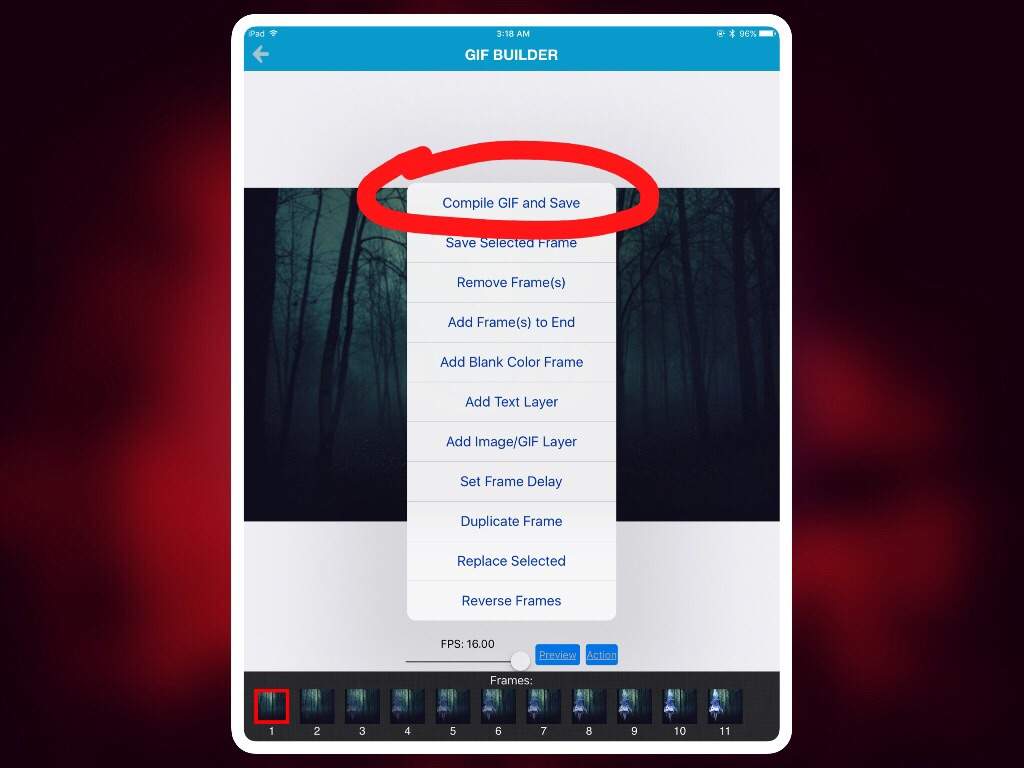
#React fade in code#
I also made this code available on Glitch, so it's possible to remix it and build further on it yourself. It looks a bit cleaner since it doesn't require you to write CSS inside the render function. So each animation will start 0.1s after the previous one started, and the animation will first be started 0.5s after loading.Īnother approach you could try is to pass in the index as a CSS variable. This adds a delay of 0.5s, 0.6s, 0.7s, 0.8s and so on to each animation. When we save this, you can see that the image now fades in and scales in as it's loading.Let's start by adding an animation to the letters by doing this: h1 span span We can then go ahead and take our image loader component and replace the image component that we're already using. Aside from this, we are just making the element fade down, add a duration of 0.7 seconds, and smooth it with an easing.
#React fade in how to#
Learn how to create beautiful animated page transitions with Framer Motion. Finally, we want to make sure we that pass in all of the user supply's styles to the image as well. Tagged with animations, react, webdev, tutorial. We'll then set the output range, which will be from 085 when the input's at 0to a final value of 1. interpolate on it, and we'll say the input range is zero to one, which we're setting in our state. We'll then set up a transform through which we'll actually modify the scale of the image, which again, we'll use. However, you can also import animate-extended.scss and compile extended animations. Animation list By default, you have access to the basic animations. First, we'll have an object in which we'll set the opacity, which we'll pull from . In the demo section above you can find available animations. We'll use an array to pass our styles so that we can go ahead and pass all of the existing styles, as well. Finally, we'll start setting up our styles. We'll then use the spread operator to pass any of the props that are typically passed to an image component to our animated image. Inside of this animated.image, we'll add our unload, in which we'll call this ".unload." Inside of our render method, we'll return a new animated.image. Finally, we want to say we want to use the native driver, so this animation happens off of the JavaScript thread. Use Tailwind CSS animations with helper examples for delay, duration, loading, on hover, on scroll, rotate, fade in and out, button click animations & more. React Spring inherits some properties from React Motion, such as ease of use, interpolation, and performance. It’s highly flexible and covers most animations needed for a user interface. We'll set a duration of 500 milliseconds. React Spring is a modern animation library that is based on spring physics. Then, we need to pass a configuration to the second argument of animated.timing.

We'll then set up a new function called unload, and inside of this unload, we're going to call "Animated.timing." We'll say we want to modify. That state's going to be opacity, and we'll set that to a new animated.value and set that initially to zero. In your HTML, create a div with the class fade-in-text.

We'll then initialize it with some state. You can use the same CSS properties shared above with just a slight change to create a text fade-in effect. We'll then go ahead and create a new component called Image Loader, which extends component. Instructor: the first thing we'll do is import the animated library from React Native.


 0 kommentar(er)
0 kommentar(er)
